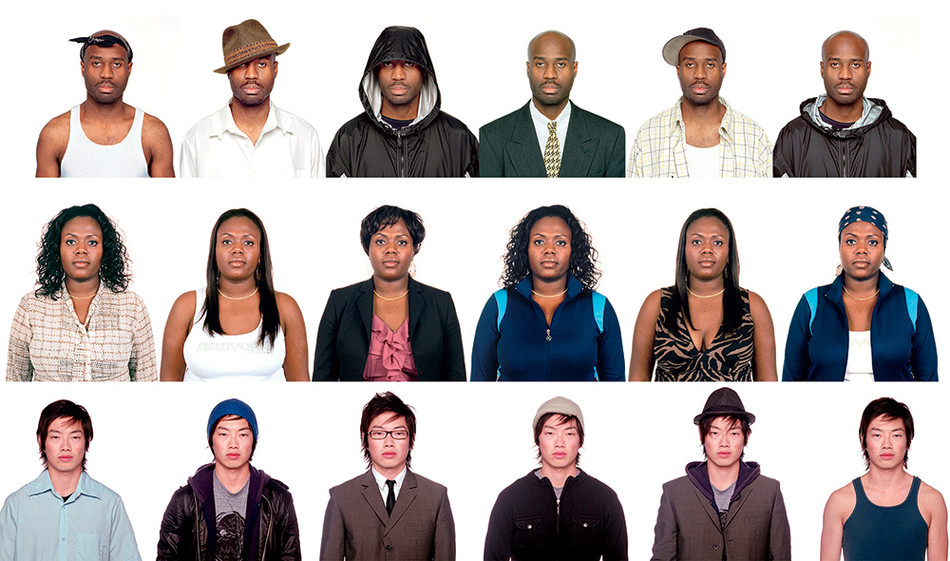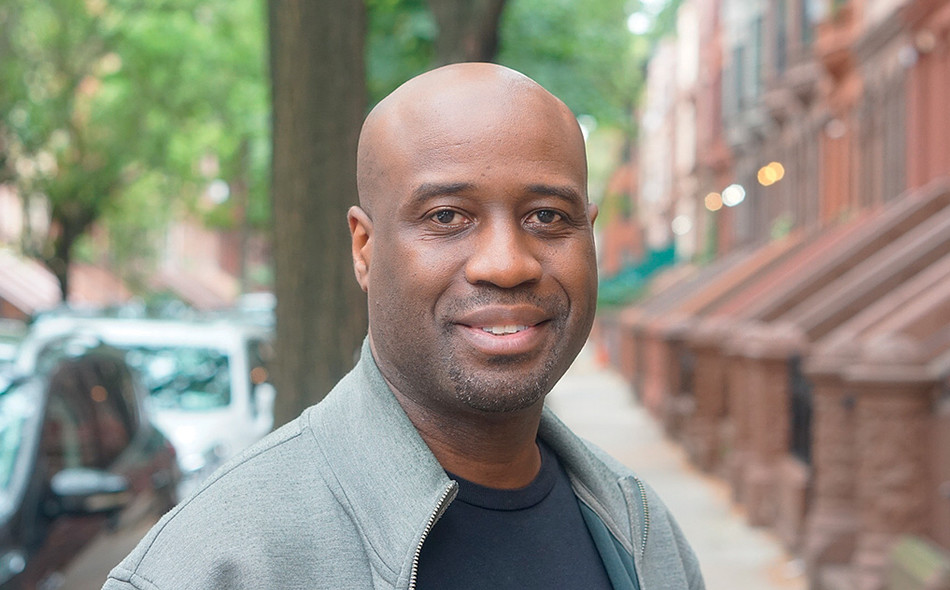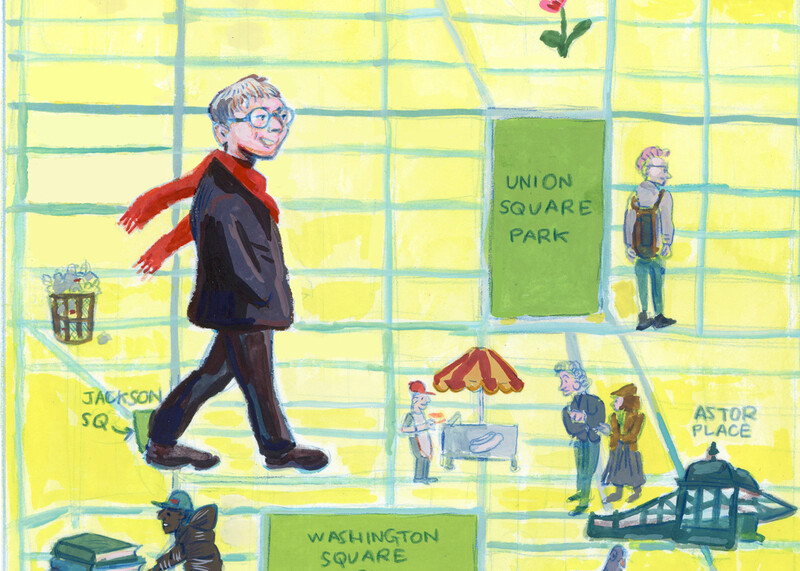In his photographic series Our Kind of People, the multimedia artist Bayeté Ross Smith presents a strip of six portraits, each of the same person dressed in a different outfit from that person’s wardrobe. The implications — that appearances can be deceiving and that individuals are multifaceted — are clear enough. But it’s when viewers start examining their own biases and perceptions that Ross Smith’s work enacts its real power.
And so last year, when Columbia Law School announced the post of artist-in-residence as part of an initiative to reckon with structural inequality and structural racism, it was Ross Smith who rose to the top of a field of four hundred applicants.
“Bayeté’s work forces a reexamination of how we perceive a situation or an event based on how we see people — their race, their neighborhood, the way they’re dressed,” says law-school dean Gillian Lester, a prominent legal scholar and an authority on employment law. “Lawyers are always making judgments, and Bayeté is asking questions that are so relevant to thinking about the law and how we apply it. I believe we can make better, more ethical, more thoughtful and empathic lawyers if we can enable them to see the lens through which they view the world.”
Ross Smith grew up on the Upper West Side in a family of jazz musicians. He took music lessons at the Harlem School of the Arts and swimming lessons at the Harlem YMCA. An aunt worked at the Schomburg Center for Research in Black Culture, which became Ross Smith’s second home. But it wasn’t until he entered Florida A&M University, the third-largest historically Black college or university in the country, that he first thought deeply about identity.
He was a business major, and once a week the business students had to dress up in suits and attend a talk by an executive from a Fortune 500 company. “We were very thoughtful about acclimating ourselves to corporate culture — our conduct, our body language, and the way we spoke,” he says. “But fifteen minutes before, we were hanging out and speaking in ways typical of twenty-year-old African-Americans. I thought, this is such an interesting switch: in one moment we’re very much what would be expected, and in another we’re almost the complete opposite.” Ross Smith changed his major to journalism and started taking pictures.
Later, as a graduate art student in California, he was photographing a college friend near the friend’s house in Los Angeles when a group of people claiming to be the neighborhood watch approached them and asked what they were doing there. “After they left, four different police cars showed up because there was a report of suspicious behavior,” Ross Smith recalls. “That got me thinking about the nuances of identity and how it impacts our daily interactions, not just on an interpersonal level but also on a macro level — one population to another.”
In his piece Taking AIM, Ross Smith replaces the silhouetted cartoonish “bad guys” on the targets seen at firing ranges with photos of himself and other real people and asks: who is a victim and who is a threat? “Most violence is committed within a close geography, so if you’re going to shoot someone, it’s likely going to be someone who looks like one of your neighbors,” he says. “What is evoked with real people on the target?”
Ross Smith hopes that his work at the law school will help students develop their “visual literacy,” which he defines as the ability to deconstruct the visual language of media, journalism, and art. “Imagery, stories, sequences, videos, film, monuments, statues — they’re all designed to disseminate certain messages,” he says. “And that’s fine, as long as they are transparent about what they’re saying, and as long as we all have a level of literacy so we can clearly understand what’s being said.”
Above all, he wants to instill in students a readiness to question their preexisting beliefs, especially on social issues. “We’ve got to apply the same level of scrutiny and intellectual rigor to questioning the things we agree with that we apply to the things we disagree with,” he says. “We’ve got to be willing to see the validity in an opposing perspective, even if we think the ultimate conclusion is faulty.”
With interactive art projects and classroom talks, the yearlong residency will allow Ross Smith to reach students poised to take their Columbia degrees into the world. “This is an exciting opportunity to engage with a new audience,” he says. “Often in the arts we’re siloed in galleries, and even when we do public art there’s usually no follow-up. But if we think that art and media are tools for social change — and I believe they are — then we need to work with people who are in a position to make change.”
This article appears in the Winter 2021-22 print edition of Columbia Magazine with the title "Art Lessons for Lawyers."




